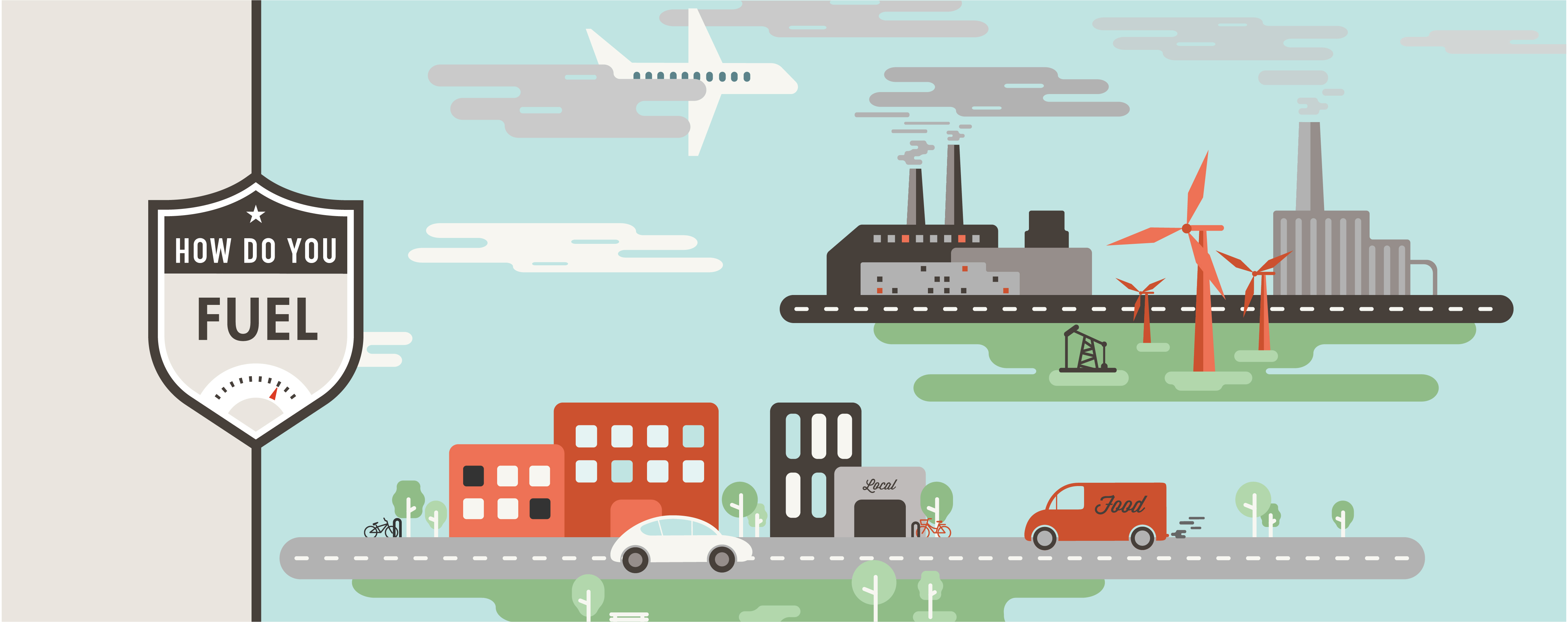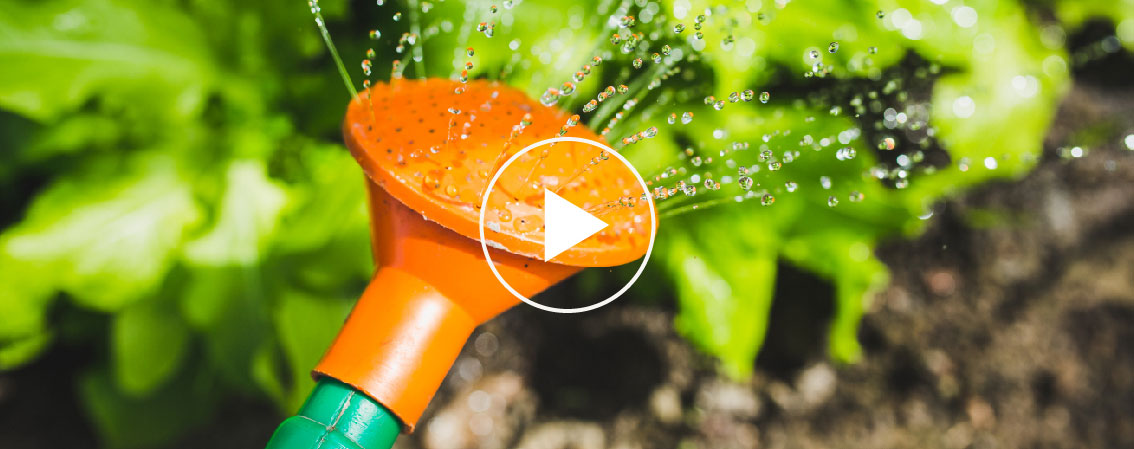Our
Initiatives
Be part of the movement toward sustainable food and fuel systems by using our tools and sharing our campaigns.
Fuel Impact &
Awareness
Nearly every action or decision consumes fossil fuels in some way. Take our quiz and explore how you can modify fuel-heavy habits for a more eco-friendly lifestyle.
Learn MoreFuel Impact Quiz
Assess your fuel impact in four categories and discover facts about fossil fuel use.
LOWER YOUR IMPACT
Download our checklist of tips and actions to quickly start lowering your fuel impact.
Share With Friends
Help your friends and family learn about the impact of fossil fuels by sharing How Do You Fuel.
Food Waste
Prevention
As much as 40% of the food produced in the United States is going to waste, yet 49 million Americans struggle with food insecurity. Get the tools to help prevent food waste at I Value Food.
Learn MoreQuiz yourself
How much food do you really waste? Take the quiz, and get personalized tips based on your results.
kitchen Challenge
Learn how to reduce food waste and save money by taking the 4-week I Value Food Challenge alone or with a group.
ideas for Action
Here are eight steps you can take to help reduce food waste in your home, community and across the nation!
Fuel
Conservation
Vehicle idling wastes 12 million gallons of fuel daily in the United States. Pledge to stop idling, and get tools to start anti-idling campaigns in your community.
Learn MoreIdling Pledge
Take the I Turn It Off pledge to idle for no longer than 10 seconds when not in traffic.
idle-free Schools
Improve air quality at your school by raising awareness about idling.
ideas for Action
Get ideas and resources for reducing idling in your community by downloading our anti-idling toolkit.
Local
Food
Shared Earth connects people who have land with people who want to garden or farm. Search listings and message with nearby gardeners or landowners to get started on your next garden.
Learn MoreFood
Recovery
Connect with groups who are rescuing, preparing, and distributing food that would otherwise be wasted to the needy in their communities through the Food Rescue Locator.
Learn More













